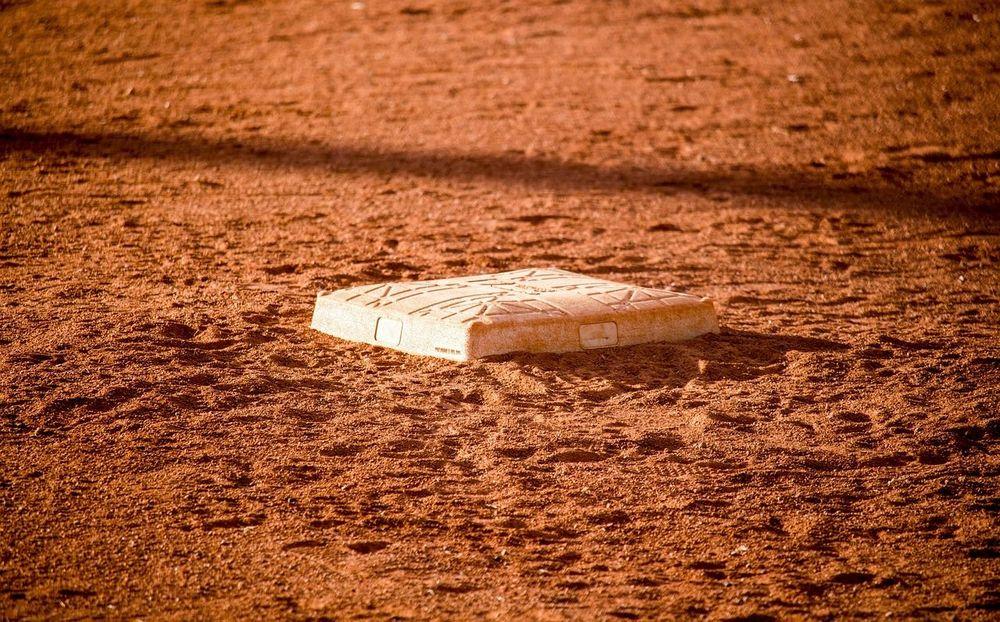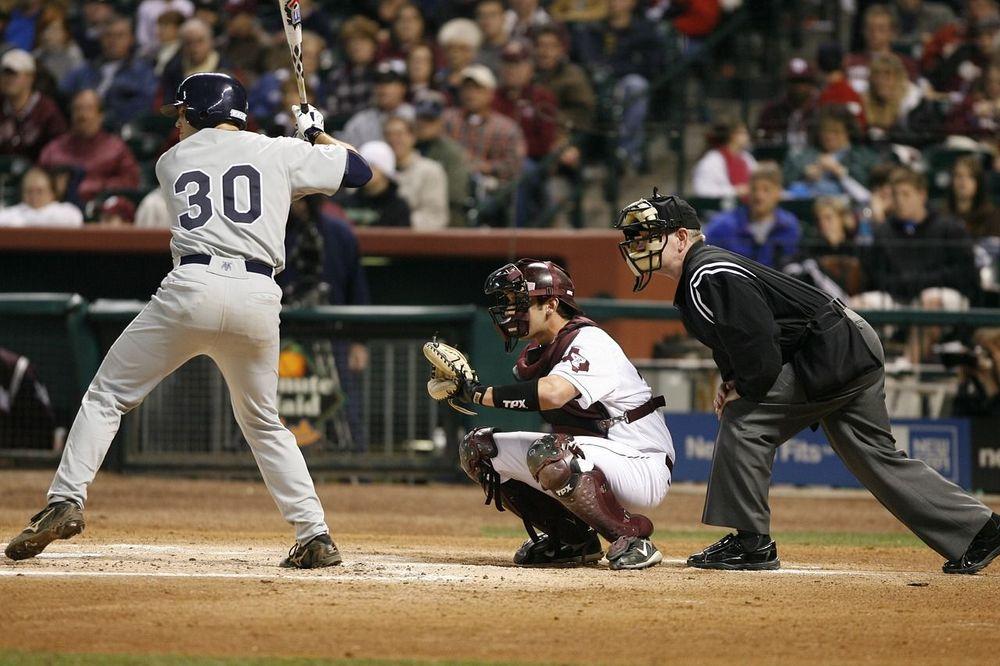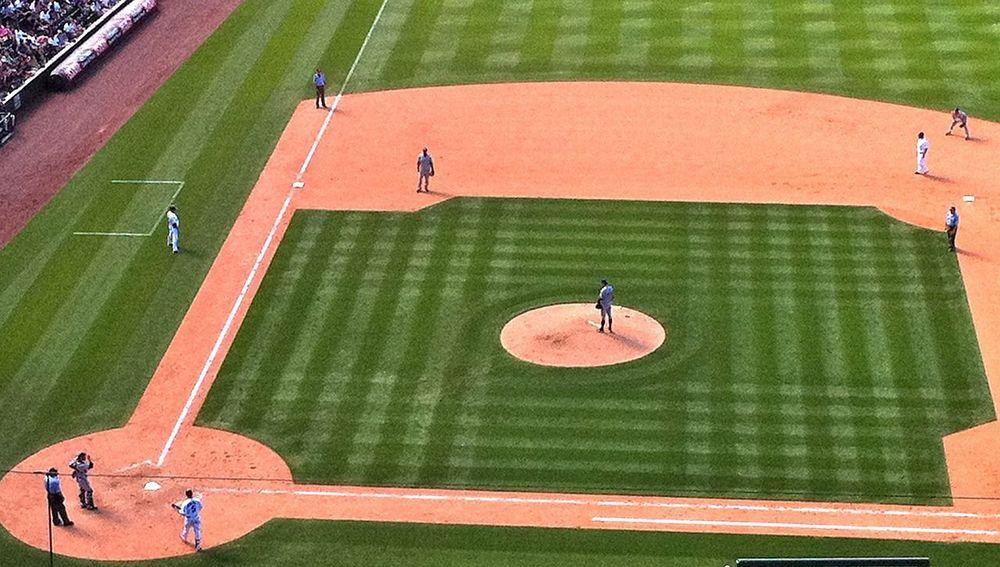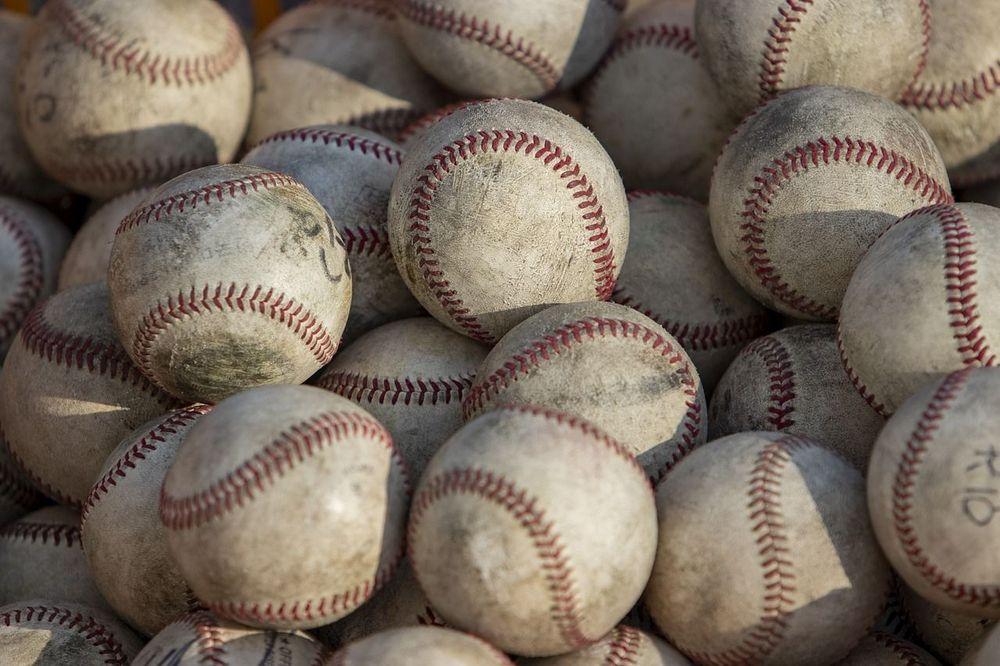Articles

Now that the summer trade deadline has passed, we’re starting to reflect on how our model matched up to reality. We’re still catching up with all the trades, so the data is not yet complete. But in the meantime, we can share a few observations. So far, it looks like the majority of the trades fit our model quite well, especially the ones in the small-to-medium range. Overall, the data suggests it’s following a normal distribution curve, where there’s a cluster in the...

We took a look at the trades made last summer (some of which were made before July 31, others during the previous waiver period) to see how they stack up today. We compared the current values of the players they sold to the values of the players (most of whom are still prospects) they received. How does that Manny Machado package look now? What about the Chris Archer return? Importantly, since many of the veterans traded were rentals at the time, the current value of that player to the...

If you’re a GM, this is the list you don’t want to have your players on. According to our calculations, the following 50 players have the least amount of trade value right now – or, put another way, the most amount of negative value. These are not necessarily bad players; they’re players whose contracts are bigger than their projected field value. Not surprisingly, the common thread here is that most of them are older and past their prime. Only eight of these 50...

Even though the 2019 summer trade season has ended, we’ll continue to keep track of each real-life trade and compare it to our values and see how they match up. We’ll plug them into our simulator and see if they’re “accepted,” “maybe accepted” or “rejected” based on how close the values are, and update this frequently. Our scorecard so far: Total trades: 48 Accepted: 37 Maybe accepted: 5 Rejected: 6 Percentage of real trades qualified as...

Now that BTV has been live for a few weeks, we’ve received a lot of questions and feedback, all of which we appreciate. We’ve also noticed some common patterns in the trade proposals, which we'll work into our answers here. Why do the trade values for stars like Jacob deGrom and Mike Trout seem low? Generally speaking, trade value is synonymous with surplus value, which, as we explain here, is the player’s adjusted field value minus the salary. Sure enough, that’s...
- AngelsAstrosAthleticsBlue JaysBottom 50BrewersCardinalsCubsDiamondbacksDodgersExplaining valuationsFAQsFarm system rankingsGiantsGuardiansIndiansJuly 2019June 2019Least ValuableMarinersMarlinsMetsNationalsNon-tendersNotable MoversOffseasonOriolesPadresPhilliesPiratesRangersRaysRed SoxRedsRockiesRoster RevampRoyalsScorecardTeamsTigersTrade DeadlineTwinsUncategorizedValuing the trade chipsWhite SoxYankees
